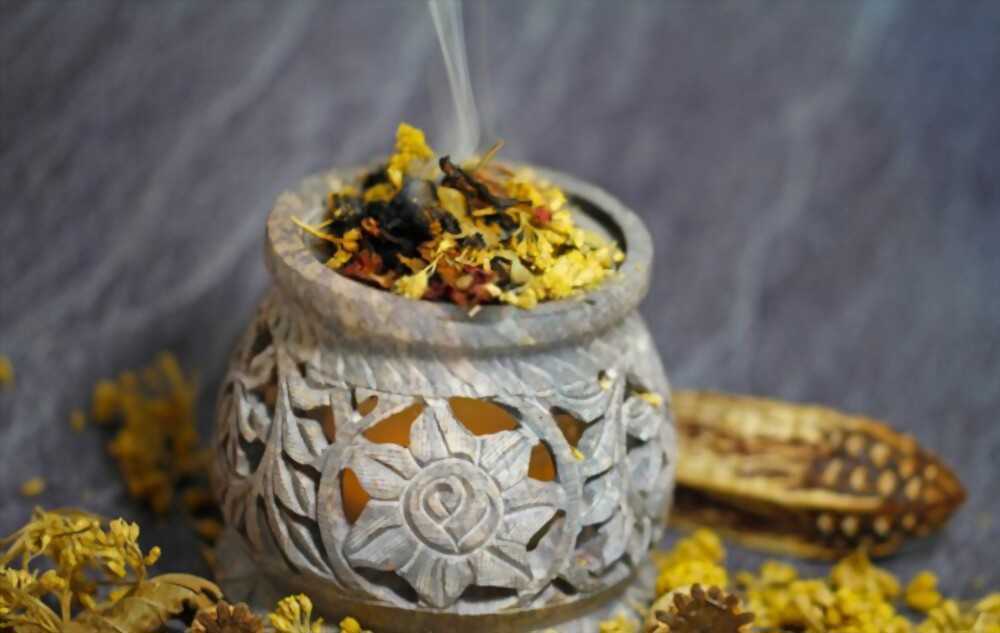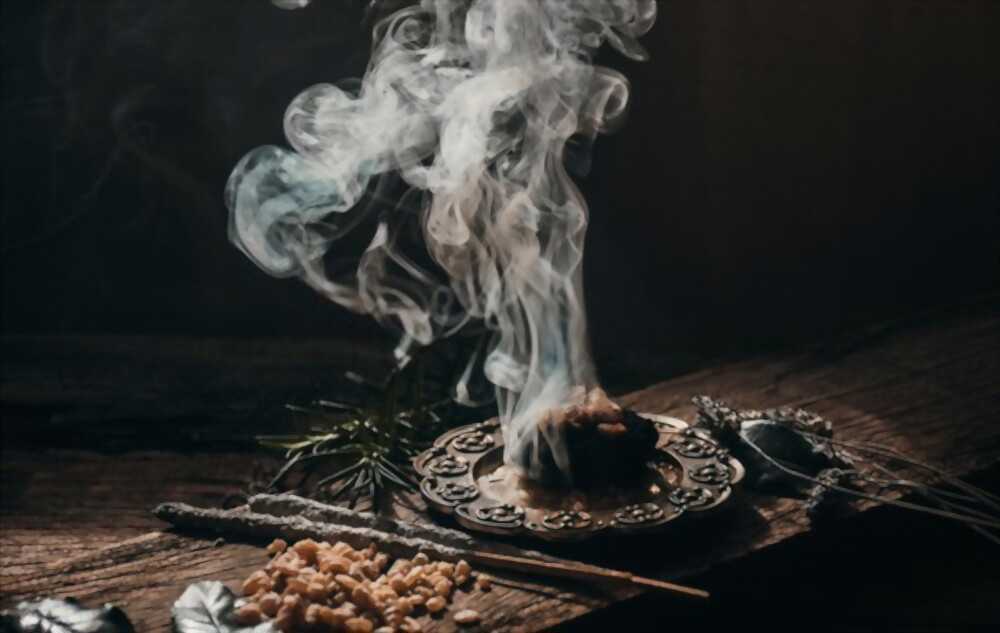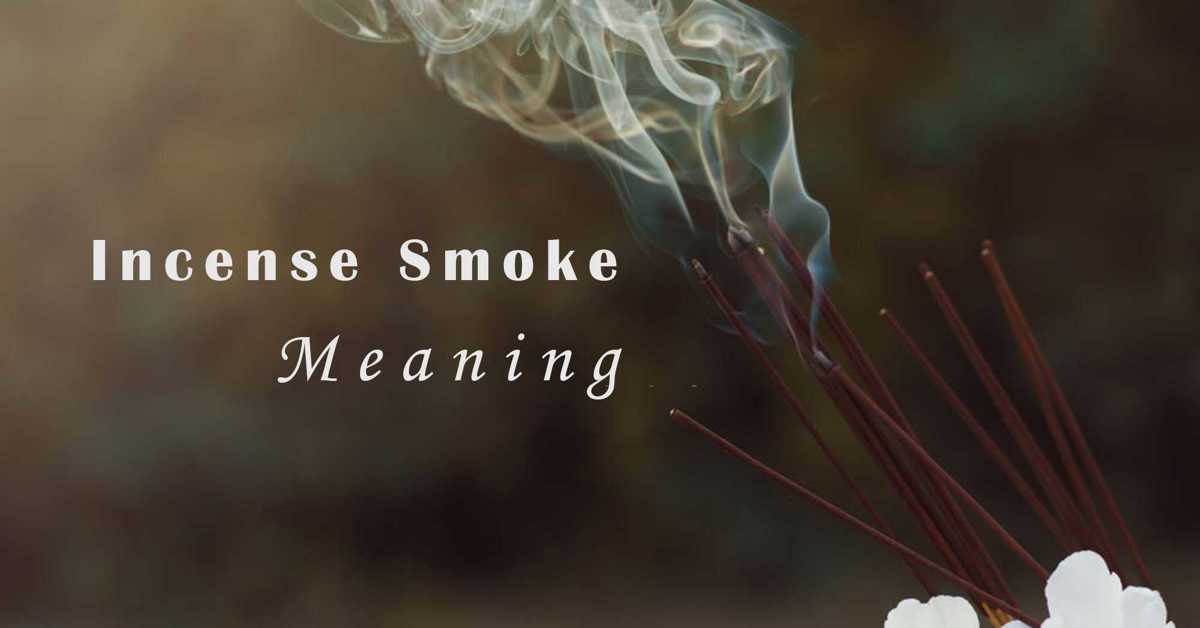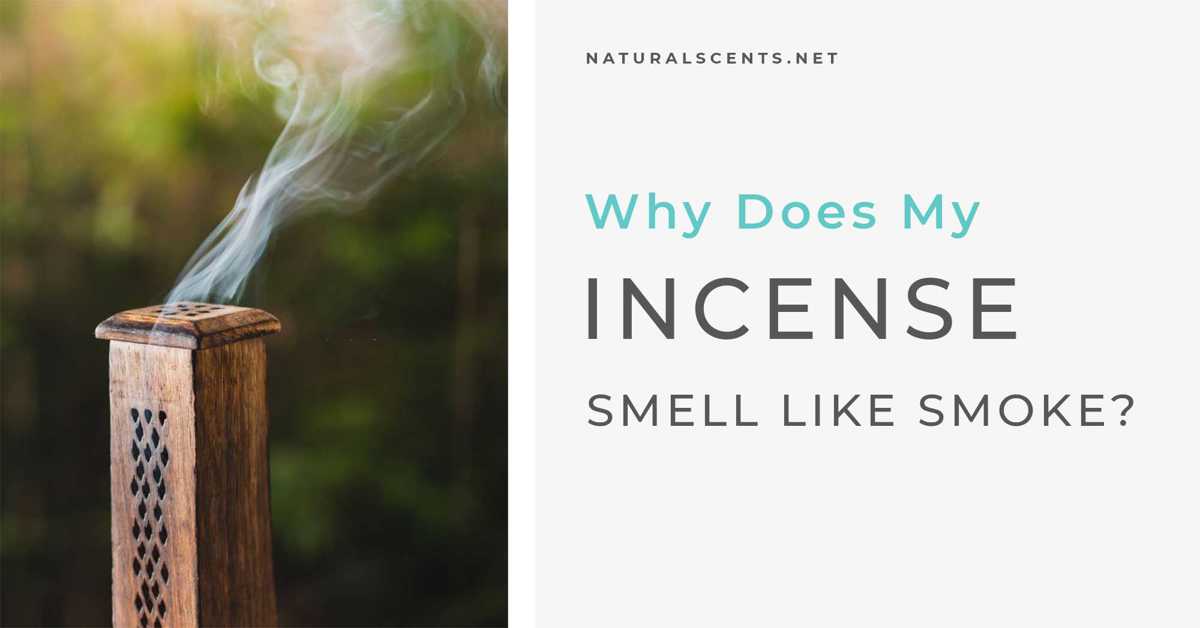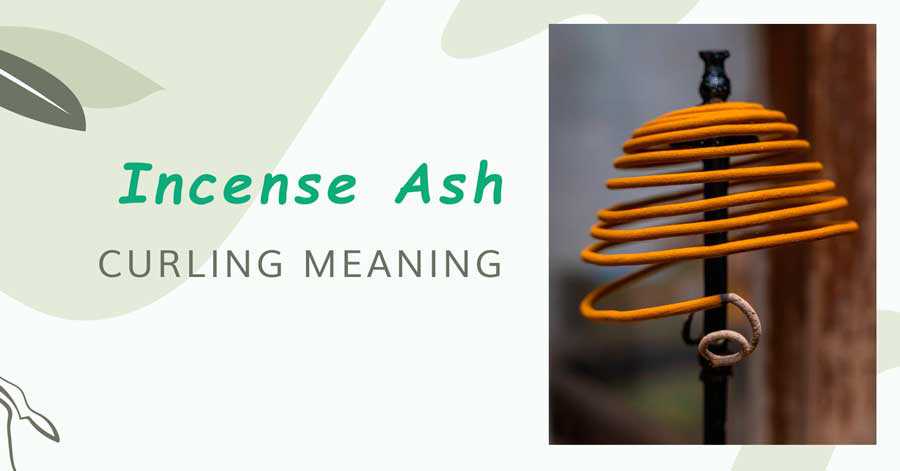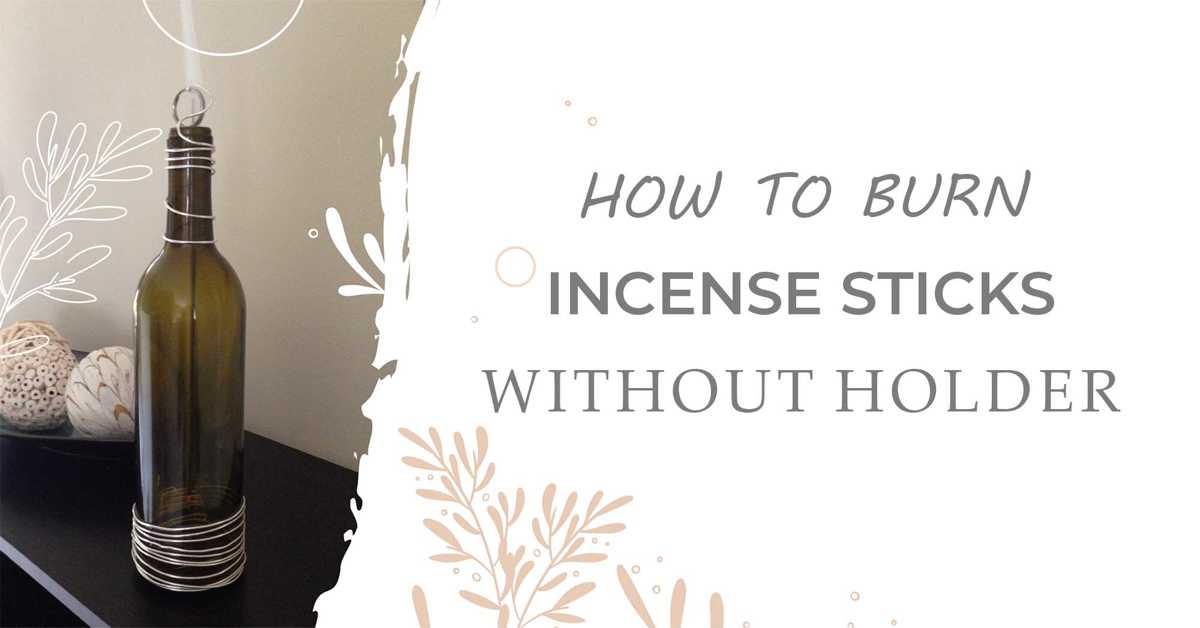There is a lot of confusion around the term "loose-leaf incense." For some people, it might refer to incense that is not in a fixed form, such as sticks or cones. Others might use it to describe incense that is made up of smaller bits of dried herbs and spices. No matter what meaning you ascribe to the term, loose-leaf incense offers some unique benefits that you won't find with other forms of incense. In this post, we'll explore what loose-leaf incense is and why you might want to start using it yourself. We'll discuss what makes loose-leaf incense unique, and offer some tips on how to get the most out of this aromatic experience. Let's get started!
1. Origin
The use of loose leaf incense can be traced back to ancient times, when it was used in religious ceremonies and for medicinal purposes. The first recorded use of loose leaf incense was in China, during the Zhou Dynasty (1046-256 BCE). During this time, loose leaf incense was used in rituals and ceremonies associated with the worship of deities. In Japan, the use of loose leaf incense began during the Heian period (794-1185 CE), when it was used in Buddhist temples and shrines. Loose leaf incense became popular in Europe during the Middle Ages, when it was used in Catholic churches. Today, loose leaf incense is still used in religious ceremonies and for its aromatic properties. It is also used in aromatherapy and as a natural insect repellent.
2. The different types
There are many different types of loose incense available on the market. Some of the most popular include:
Japanese Incense: This type of incense is made from a variety of different herbs and spices. It has a strong, sweet smell that is perfect for relaxation.
Indian Incense: This type of incense is made from a variety of different spices and herbs. It has a strong, sweet smell that is perfect for relaxation.
Vietnamese Incense: This type of incense is made from a variety of different spices and herbs. It has a strong, sweet smell that is perfect for relaxation.
Tibetan Incense: This type of incense is made from a variety of different spices and herbs. It has a strong, sweet smell that is perfect for relaxation.
Egyptian Incense: This type of incense is made from a variety of different spices and herbs. It has a strong, sweet smell that is perfect for relaxation.
As you can see, there are many different types of loose-leaf incense available on the market. Each type has its own unique scent and benefits. When choosing an incense to burn, be sure to choose one that will suit your needs the best.
3. Benefits
Loose-leaf incense has a number of benefits over pre-packaged incense sticks. First, loose leaf incense is typically made with higher quality ingredients than sticks, which means that it burns more slowly and evenly, and produces less smoke. This makes it better for your health, as well as for the environment. Second, loose leaf incense is more potent than sticks, so you'll need to use less of it to get the same effect. This makes it more cost-effective in the long run. Finally, loose-leaf incense is much easier to store and transport than sticks, so you can take it with you wherever you go.
Loose leaf incense is commonly used for meditation, aromatherapy, and spiritual practice. It can also be used simply for its pleasant smell. Incense has been used for centuries in many cultures for a variety of purposes.
There are many different types of loose leaf incense available on the market today. Some of the most popular include:
Dragon’sblood: A type of resin incense that is said to have powerful magical properties. It is often used in spell-casting and ritual work.
Copal: A type of Mexican incense made from the resin of the copal tree. It has a sweet, pleasant smell and is often used in rituals and ceremonies.
Sandalwood: One of the most popular and classic types of incense, sandalwood has a warm, woody smell that is both calming and relaxing. It is often used in meditation and prayer.
No matter what type of loose-leaf incense you choose, be sure to use it safely and responsibly. Incense can be a great way to enhance your spiritual practice or simply enjoy its pleasant smell. However, it should never be used in a way that could be harmful to yourself or others.
You can also read the article on the uses, benefits and uses of popular incense types today to get more information.
4. Use
Just like powder incense or resin incense, there are many ways to burn loose-leaf incense. The most common way is to simply place the leaves on a charcoal disc or in a heat-safe bowl and light them with a match or lighter. You can also use a special incense burner that has a small hole in the bottom for the ashes to fall through. These can be found at most metaphysical shops.
Another way to burn loose-leaf incense is to mix it with other combustible materials such as paper or wood shavings. This will help the incense burn more evenly and slowly. You can also add some essential oils to the mix for added fragrance. Simply place everything in a heat-safe dish and light it with a match or lighter.
As you can see, there are many different ways to burn loose leaf incense. Experiment and find the method that works best for you. Enjoy the wonderful fragrances and relaxation that incense can provide!
Read the article: instructions on the 3 best ways to burn loose incense so that you can choose for yourself the most suitable way!
5. Side effects
Loose leaf incense can have a number of different side effects, depending on the ingredients used and how it is used. Some of the most common side effects include:
Allergic reactions: Some people may be allergic to the ingredients in loose leaf incense, which can cause a range of symptoms including skin irritation, sneezing, and watery eyes. If you experience any of these symptoms after using loose leaf incense, stop using it immediately and see a doctor if necessary.
Respiratory problems: Inhaling the smoke from burning incense can irritate the lungs and airways, causing coughing, wheezing, and difficulty breathing. People with asthma or other respiratory conditions are especially at risk of these problems.
Fire hazards: Loose leaf incense is often burned on charcoal briquettes, which can reach high temperatures. This can pose a fire hazard, especially if the incense is left unattended. Always use caution when burning loose leaf incense and never leave it unattended.
Property damage: Loose leaf incense can leave a sticky residue on surfaces, which can be difficult to remove. It can also produce a strong smell that may linger for days. If you plan to use loose leaf incense indoors, be sure to protect your surfaces and ventilation to avoid any damage or smells.
If you experience any adverse effects after using loose leaf incense, stop using it immediately and consult a doctor if necessary.
Read the article on some side effects of using incense and how to avoid it to better understand this issue.
6. Storage
If you're an incense lover, you know that there's nothing quite like the smell of burning incense. Whether you use it for relaxation, meditation or just to enjoy the scent, incense can be a great addition to any home. But if you don't store it properly, it can go bad quickly. Here are some tips on how to store your loose leaf incense so it will stay fresh and fragrant for months.
The first thing you need to do is find a cool, dark place to store your incense. Heat and light will cause the fragrance to dissipate quickly, so it's important to keep it in a cool, dark cupboard or drawer. If you live in a warm climate, consider storing it in the refrigerator.
Next, you'll want to make sure your incense is stored in an airtight container. If it's not, the fragrance will escape and the incense will lose its potency. There are a number of different airtight containers on the market, so choose one that will fit your needs.
Finally, you'll want to keep your incense away from moisture. Moisture can cause the incense to clump together and become difficult to light. If you must store your incense in a humid environment, consider using a silica gel packet to absorb any excess moisture.
By following these simple tips, you can enjoy fresh, fragrant incense for months. Just be sure to store it properly and keep it away from heat and light. With proper care, your incense will last for years.
You can also read the article on the three most effective ways to preserve incense to choose the most suitable method for you.
7. Where to buy loose leaf incense
If you're looking to buy loose leaf incense, there are a few places you can check out. Online retailers like Amazon and eBay usually have a good selection, or you can try your local head shop. Smoke shops often carry loose leaf incense, too.
When buying loose leaf incense, it's important to make sure you're getting a high quality product. Read reviews and look for brands that have a good reputation. Once you've found a few options, compare prices and choose the one that's right for you.
With so many different types of incense available, it's easy to find one that suits your needs. Whether you're looking for something to relax with or want to add some intrigue to your home, loose leaf incense is a great option. With a little bit of research, you can find the perfect scent for you.
Read the review article about the top 11 best loose incense on the market to be able to choose for yourself the most suitable product.
Conclusion
We hope you’ve enjoyed learning about the origins of loose leaf incense, what it is made of, and the different ways to use it in your home. We want to hear from you! Let us know in the comments below what your favorite type of loose leaf incense is and how you like to use it. Also, if you have any questions about anything we covered in this post, don’t hesitate to ask. We love talking about all things incense and would be happy to help out however we can. Thanks for reading!
Related articles
Show moreSource
1. Making Scents of Smell: Manufacturing and Consuming Incense in Japan
2. An Analysis of Early Globalization: The Introduction of the Utilization of Incense and Scents in Japan and the Influence from the Eastern World
https://jayscholar.etown.edu/modlangstu/4/

